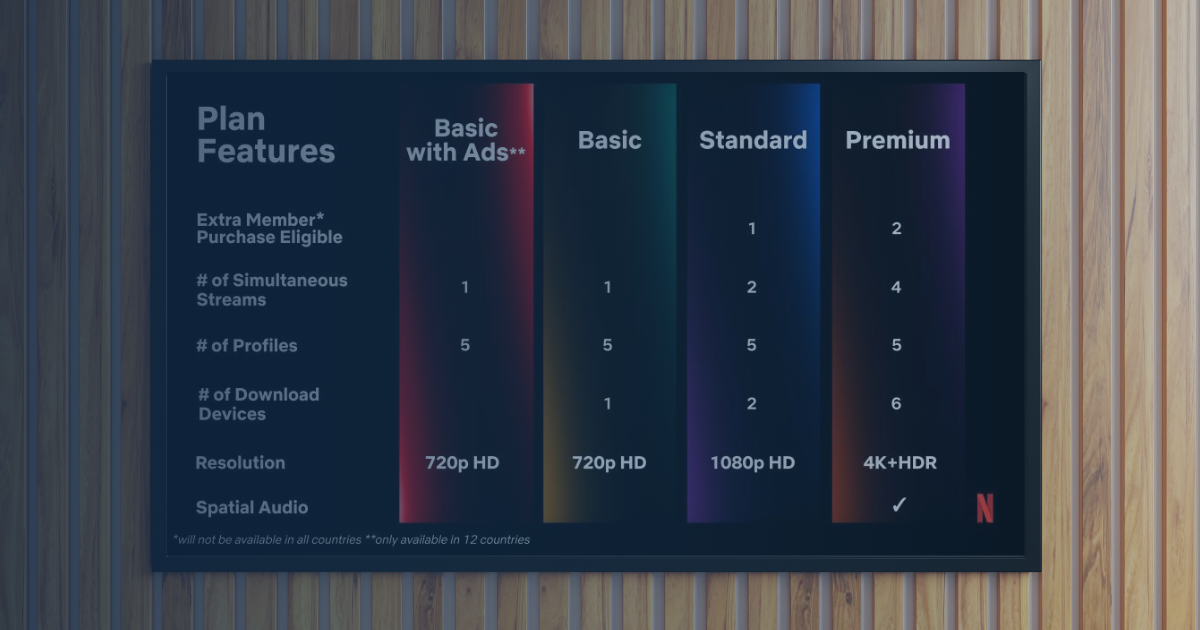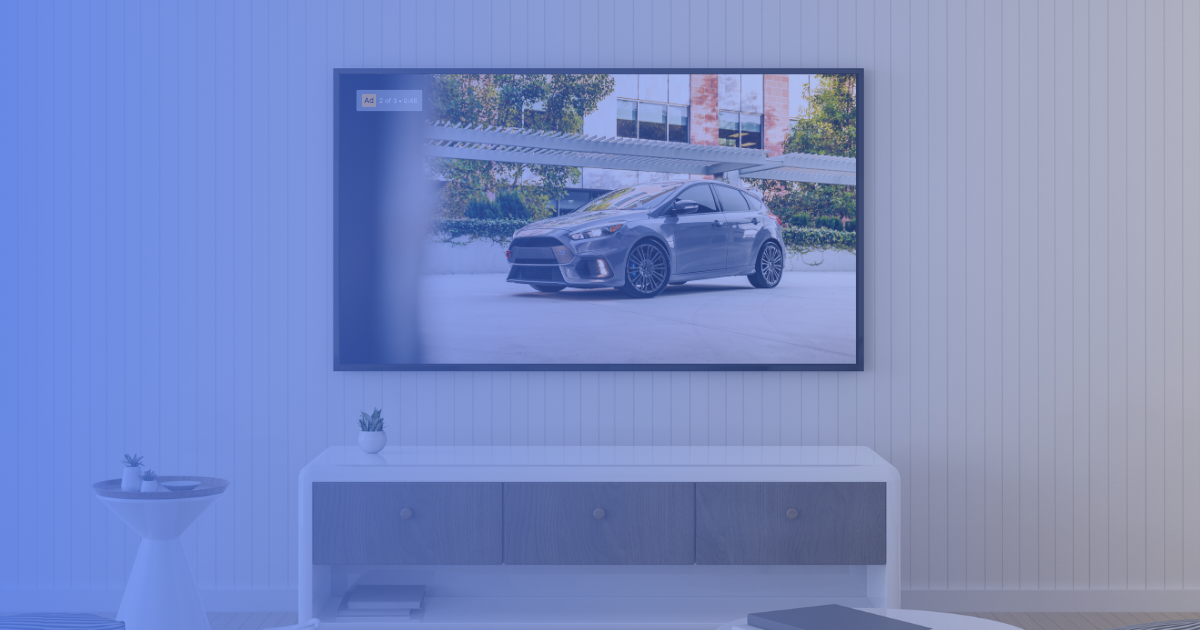How rising streaming subscription fees are benefiting advertisers.
Rising streaming subscription fees are pushing viewers to ad-supported tiers, creating more inventory for advertisers. With more households turning to AVOD and FAST platforms, advertisers can now reach a growing, targeted audience.

September 26
Share this blog:
Many of today’s advertisers are worried about the continuous streaming subscription fee increases and unhappy subscribers. While this worry is understandable, advertisers should actually be celebrating. Viewers are tired of the excessive cost of ad-free subscriptions, and streaming companies are listening. The streaming ecosystem is quickly becoming ad friendly as more companies and viewers adopt ad-supported tiers.
Although still relatively new to the scene, streaming services are changing; this change is for the better for both subscribers and advertisers alike. FAST (Free Ad-Supported Streaming TV) and AVOD (Advertising-Based Video on Demand) are taking over the streaming ecosystem and integrating into traditionally SVOD (Subscription-Based Video on Demand) monetization models. It’s saving subscribers money while giving advertisers more available inventory in front of new and larger audiences.
Major streaming services have hiked their monthly subscription fees up throughout the past two years to combat inflation, and subscribers aren’t happy. According to Antenna, more than 29 million people have canceled 3+ paid streaming services over the last two years. To offset this price hike, major SVOD companies are now offering ad-supported tiers in their streaming packages in exchange for a lower monthly fee (Netflix, Max, and Amazon, to name a few).
Here’s a quick breakdown of the two current ad-supported streaming models.
Advertising-Based Video on Demand (AVOD) streaming services offer a lesser or completely free on-demand streaming service for viewers, in exchange for regular advertising breaks (Peacock, Paramount+).
- Like mentioned above, many streaming services that were traditionally SVOD (ad-free) have recently added ad-supported tiers to their streaming packages to accommodate more consumers, becoming hybrid: AVOD and SVOD offerings in one platform (Netflix, Max, etc.).
FAST, or Free Ad-Supported Streaming TV services offer free streaming content for consumers. The programs resemble linear TV, with content available at designated times with regular ad breaks (Tubi, PlutoTV, etc.).
Subscribers are responding extremely well to a reduced monthly fee in exchange for an ad-supported experience. In fact, 60% of CTV viewers say they prefer to watch ads if it means they would pay less, with a similar number reporting they prefer a targeted ad experience. Parks Associates’ study finds that switching to ad-based streaming can save consumers upwards of $366 a year, and today, 50% of U.S. households regularly watch ad-supported content, a substantial jump from 41% in Q3 2023. With consumers looking for ways to afford their viewing habits in today’s economy, ad-supported streaming is the answer, accumulating millions of new subscribers (40 million monthly users on Netflix). Ad-supported tiers are quickly becoming streaming’s new normal.
Streaming was introduced as an ad-free experience (circa Netflix 2007), so most advertisers were hesitant to run on Connected TV and ditch or pull budget from their beloved traditional TV advertising in the early ad-supported days of streaming. With the majority of today’s television market exclusively watching their TV content on CTV (56% to be exact), and fifty percent of all U.S. households watching ad-supported streaming apps, today’s streaming advertising campaigns will reach an exclusive, large (and growing) audience.
As viewers flock towards ad-supported tiers, advertisers gain an advantage: more viewers and more ad inventory. Although these price hikes have caused people to cancel their subscriptions, this is exactly what advertisers want. The addition of ad-supported tiers has caused ad-free viewership to decline and ad-supported viewership to skyrocket, meaning more targetable viewers, more available ad inventory, and more sales. This is hugely beneficial for advertisers. The subscription drop off is only negatively impacting the ad-free services and tiers, while increasingly attracting households to the ad-supported options that advertisers can increasingly reach.
As it currently stands, an EMarketer report highlights a significant increase in ad-supported streaming penetration. 80% of Amazon Prime Video, 78% of Peacock, 73% of Paramount+, 68% of Hulu, 25% of Disney+, and 21% of Max’s total viewers are ad-supported. Ad-supported streaming is on the rise, and streaming services and advertisers alike are profiting from it.
Streaming price hikes are giving more power to ads and advertisers. Advertisers can now reach valuable viewers where they once were unreachable, plus be able to leverage the programmatic technology on CTV to directly target them on these additional platforms.
To advertise on the preferred television medium and unlock these growing audiences and inventories for your dealership, contact EMG today.
image source: MarketWatch
Join the EMG mailing list.
Stay connected with EMG and get the latest posts delivered straight to your inbox.
EMG will handle your data pursuant to its Privacy Policy.
Ready to get started?
Learn how EMG drives measurable market share growth for dealerships.
Recent blogs.
View all blogsCopyright © 2025. All Right Reserved




